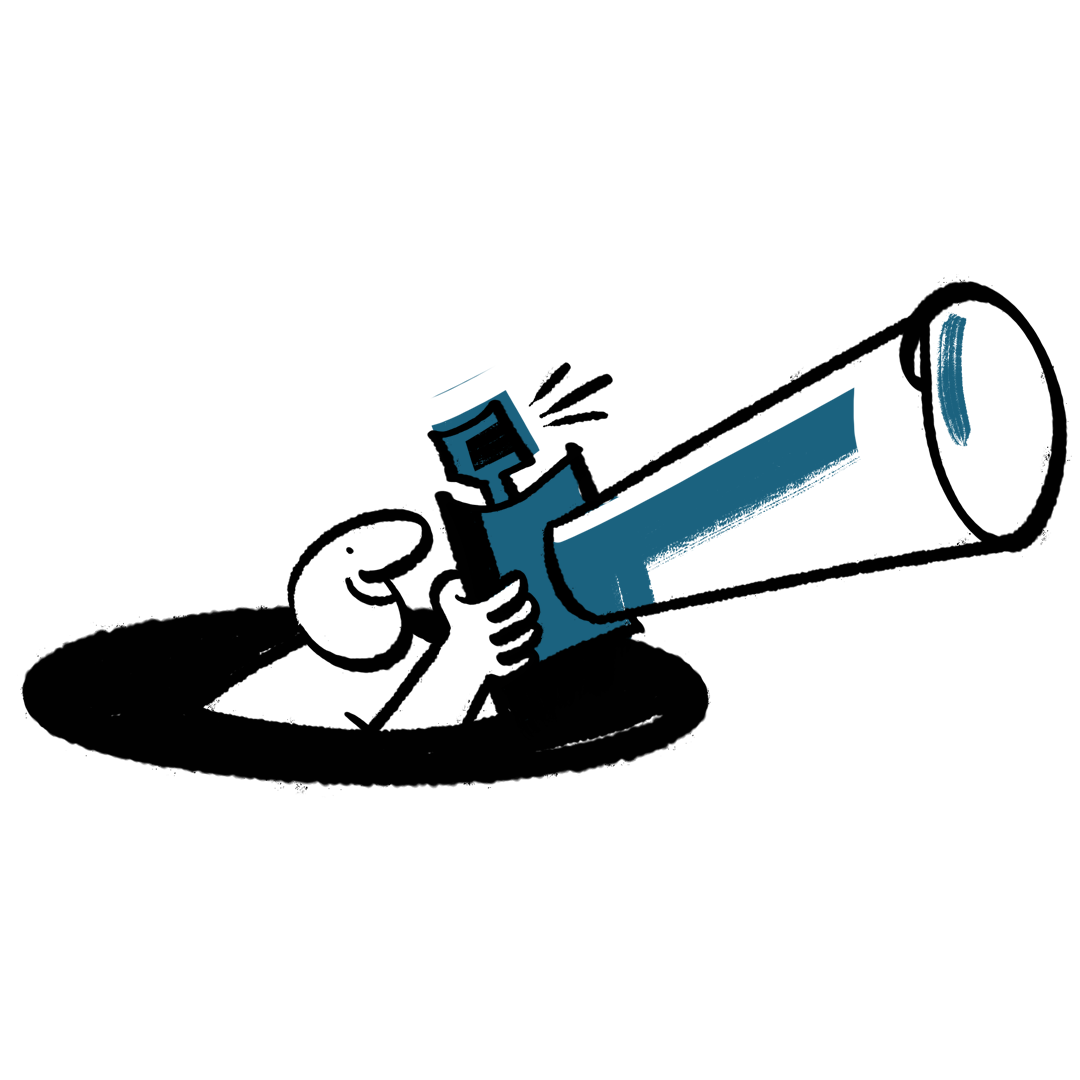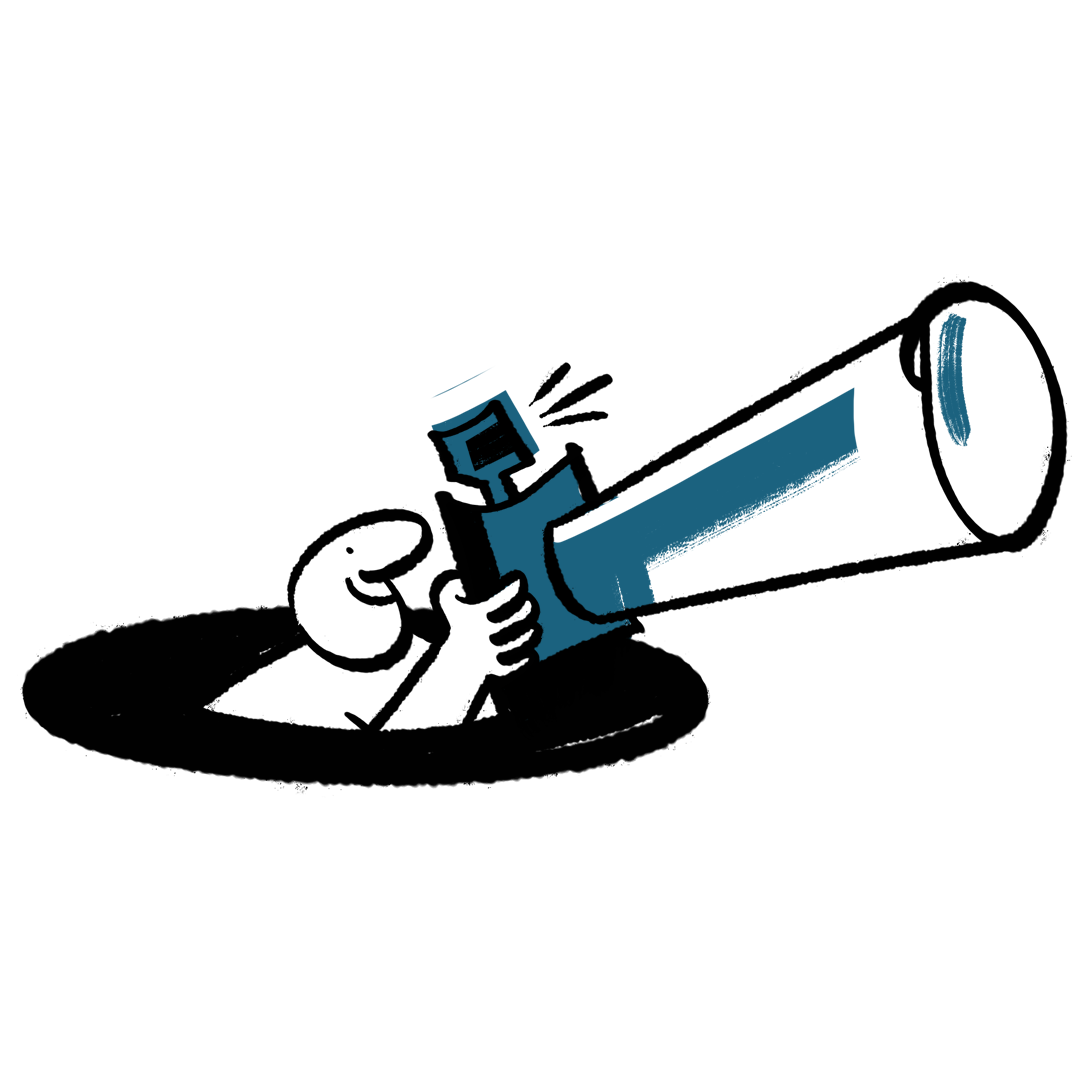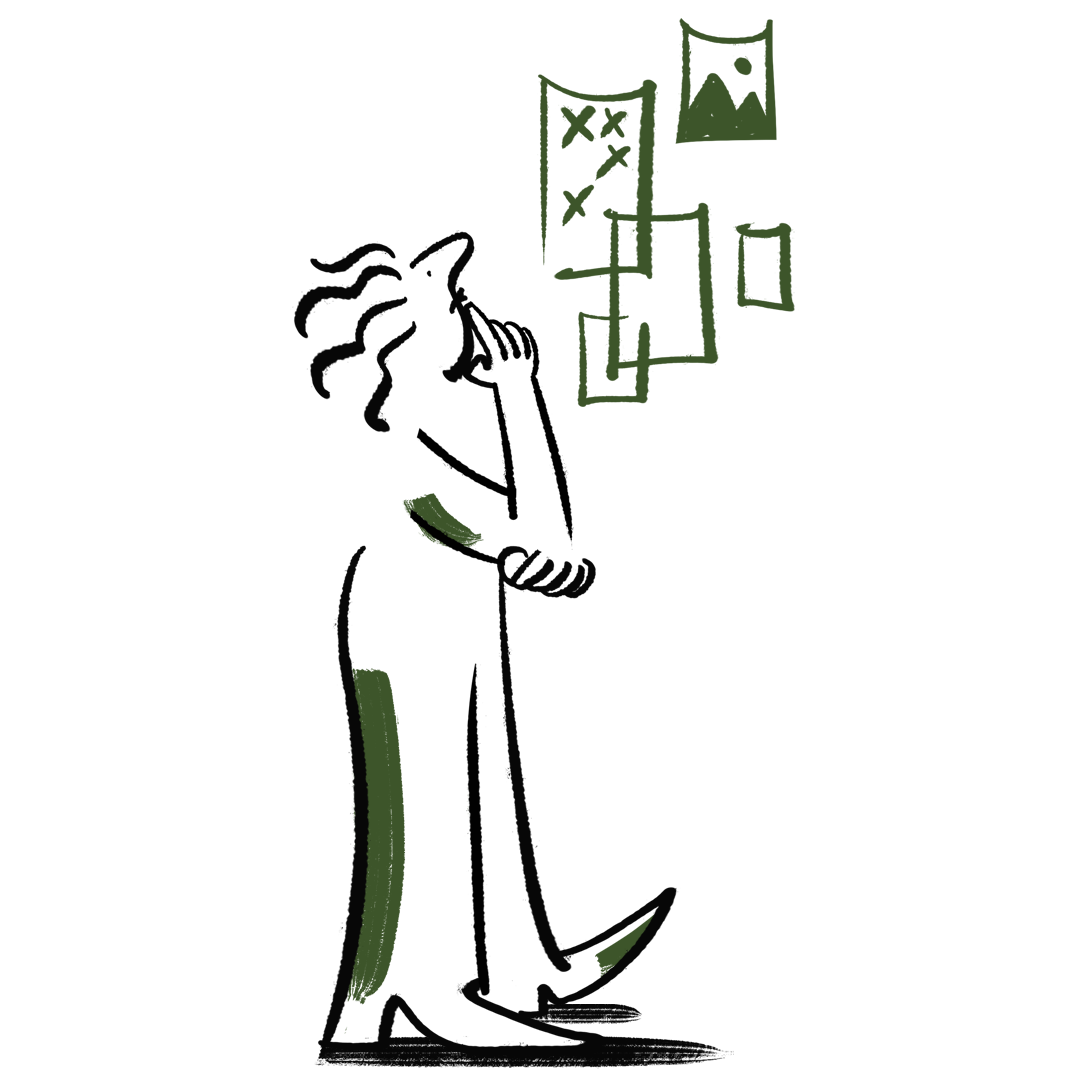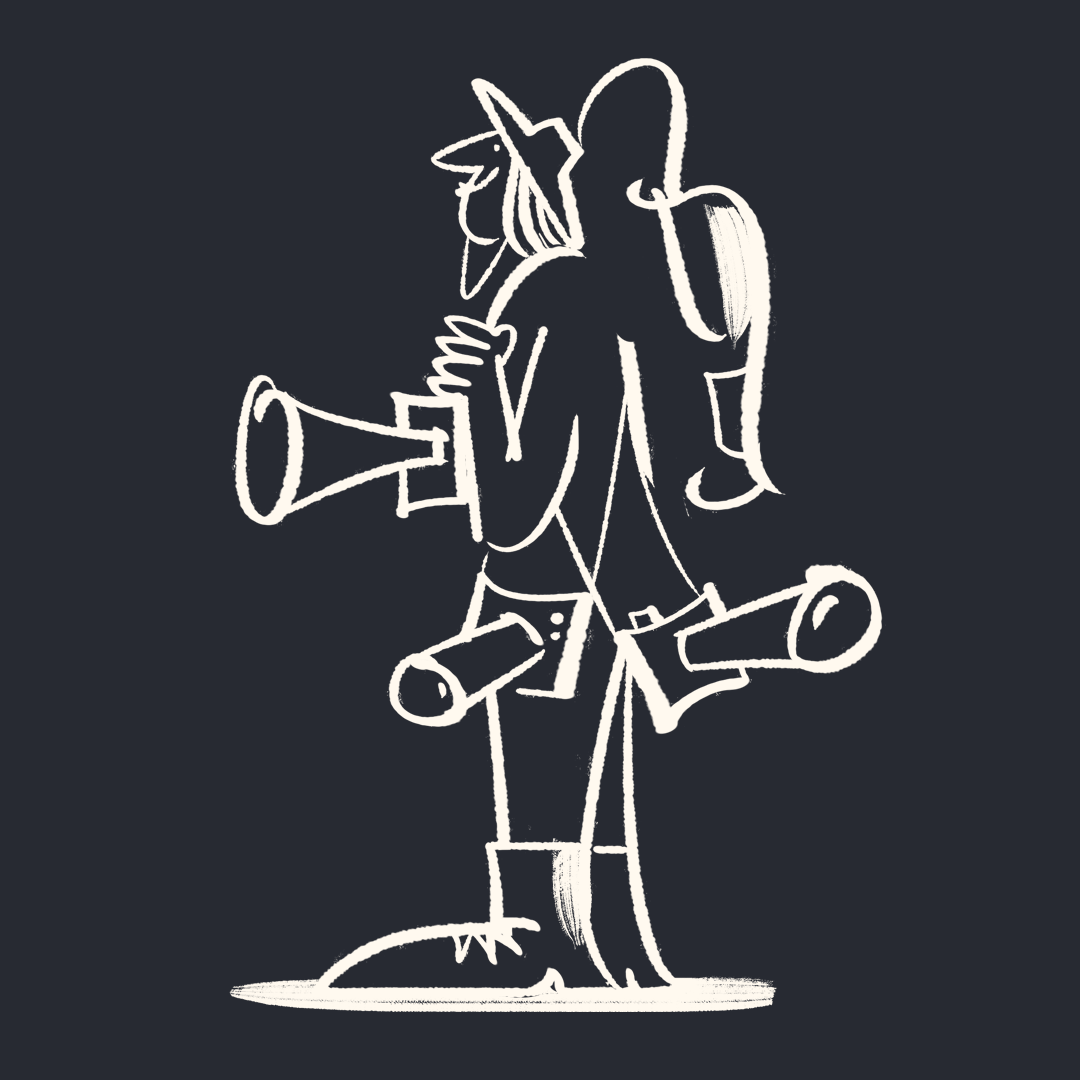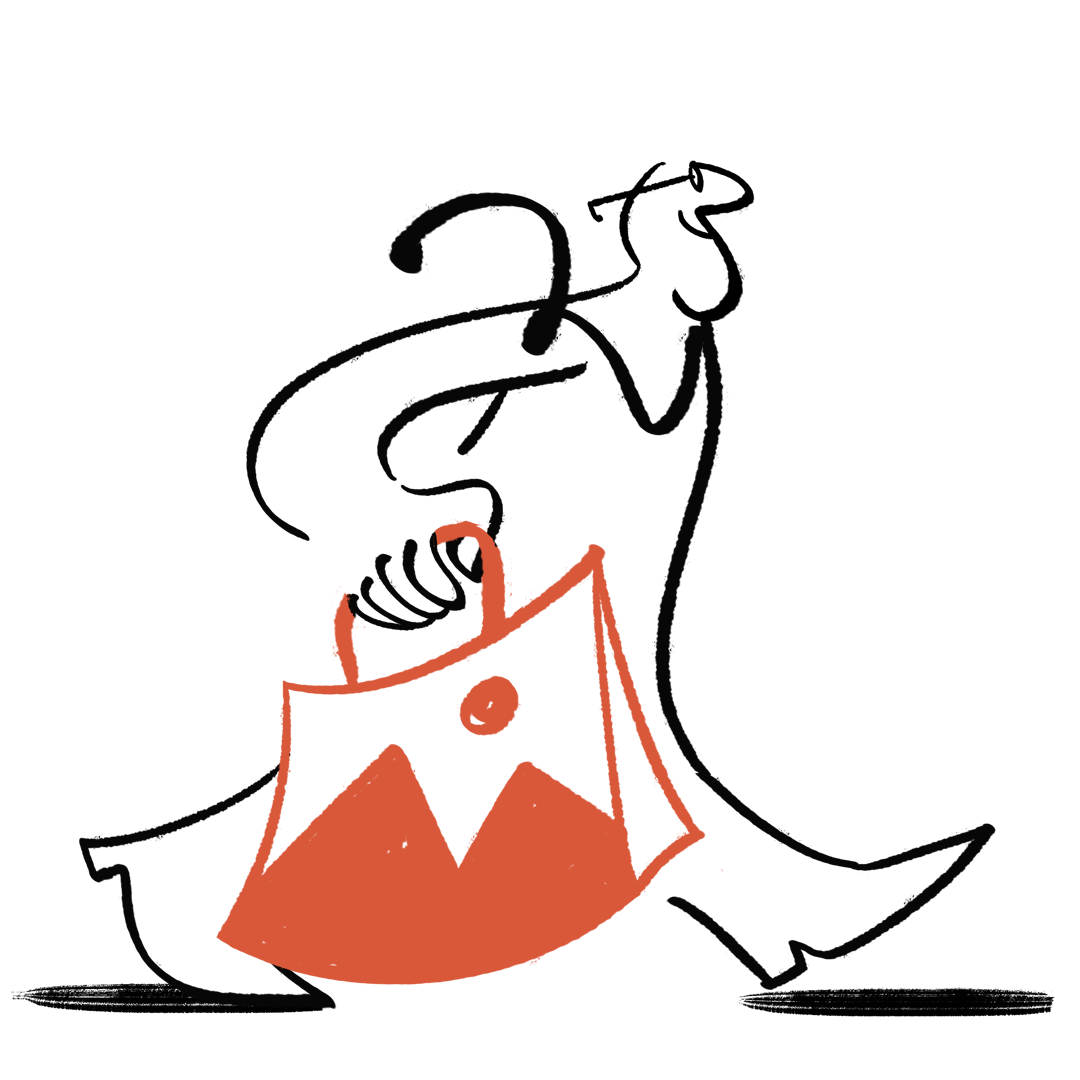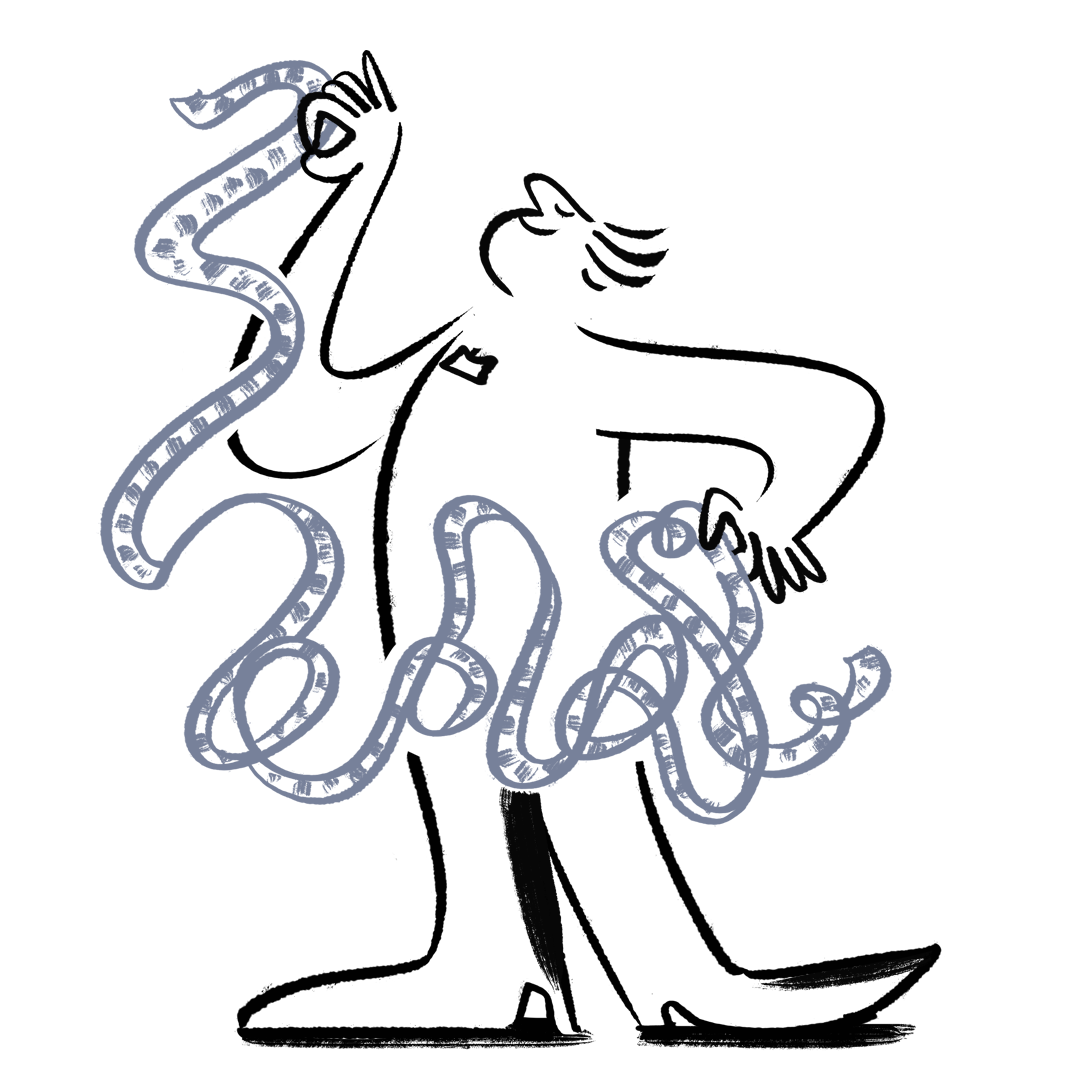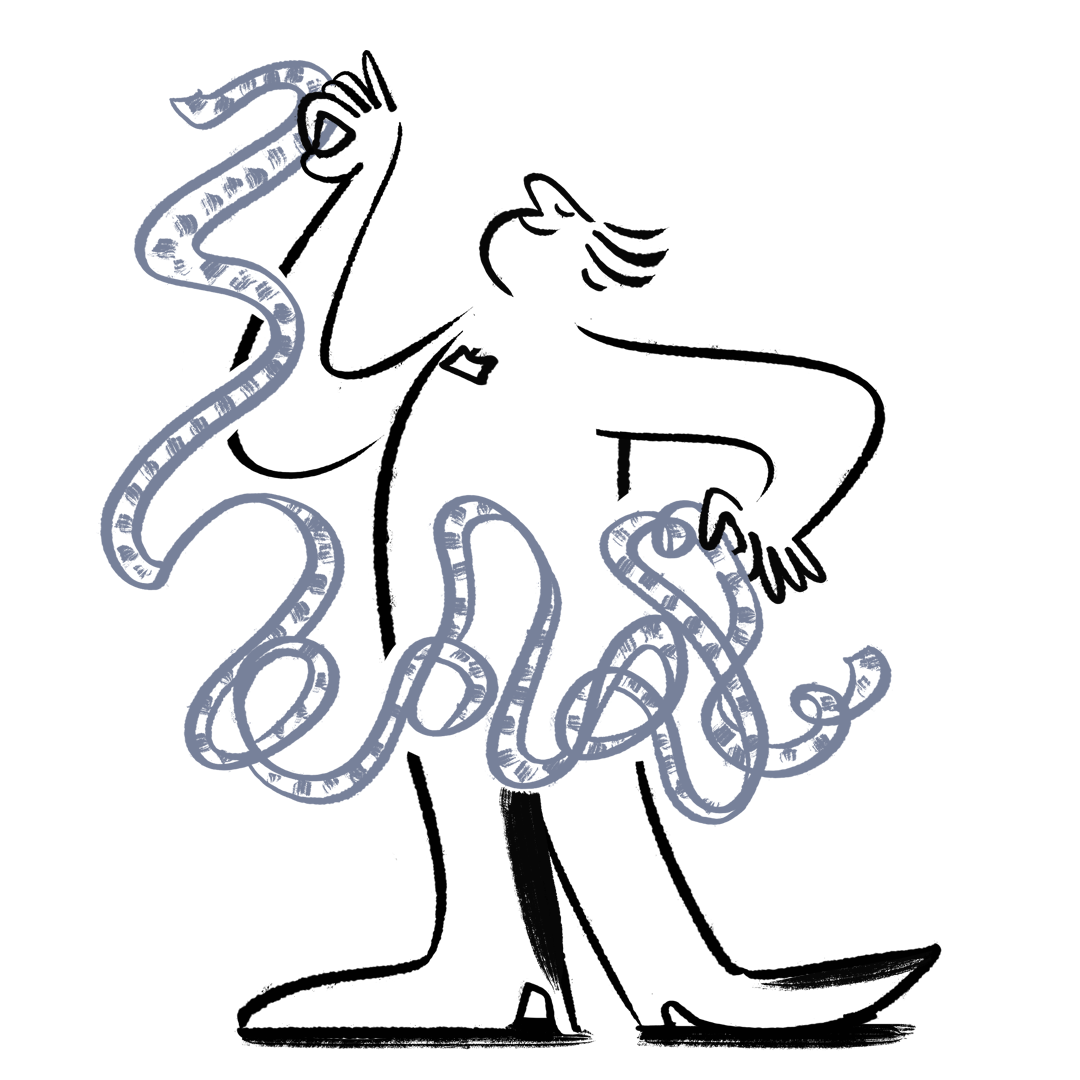Visualize a wider world
94
USA TRUMP TRIAL
Former US president Trump's hush money criminal trial continues in New York City
13.5.2024 by SARAH YENESEL / POOL
8
INDIA ELECTIONS
Indian PM Modi holds Varanasi road show before filing nomination
13.5.2024 by HARISH TYAGI
22
BELGIUM EU EUROGROUP FINANCE MINISTERS MEETING
Eurogroup Finance ministers meeting in Brussels
13.5.2024 by OLIVIER HOSLET
30
UKRAINE RUSSIA CONFLICT
Thousands evacuate from border areas in Ukraine's Kharkiv region
13.5.2024 by GEORGE IVANCHENKO
19
MIDEAST ISRAEL PALESTINIANS GAZA CONFLICT
Israelis mark Memorial Day at site of Nova music festival attack
13.5.2024 by ATEF SAFADI
6
INDONESIA FLASH FLOOD
Flash flood kills at least 37 people in West Sumatra
13.5.2024 by MUHAMMAD ALI
37
NETHERLANDS UVA PROTEST POLICE
UvA employees and students stage a walk-out in Amsterdam
13.5.2024 by Ramon van Flymen
7
GEORGIA PARLIAMENT FOREIGN AGENT BILL
Georgians protest against the ‘foreign agents’ draft bill in Tbilisi
13.5.2024 by DAVID MDZINARISHVILI
Monday 13 May
13 May
07H30
Tbilisi
News
published
Georgians protest against the ‘foreign agents’ draft bill outside the Parliament
Georgia
13 May
10H00
Gaza / Tel Aviv / Ramallah
News
published
Developments in the Israeli-Palestinian conflict
13 May
10H00
Rome
Sports
published
Italian Open tennis tournament
Italy
13 May
14H00
Varanasi
News
published
Indian Prime Minister Modi to hold road show in Varanasi before filing parliamentary constituency nomination
India
Our solutions
Choose your perfect plan, pack, or professional.
Picture packs
Basic licenses for digital editorial purposes
Save money with our
Pre-Paid Packages.
Video packs
Basic licenses for digital editorial purposes
Save money with our
Pre-Paid Packages.
Book a Professional
Access our global network of professionals
Ask for a quote
Billed per project
Curated collections
Check out EPA's latest curated collections

